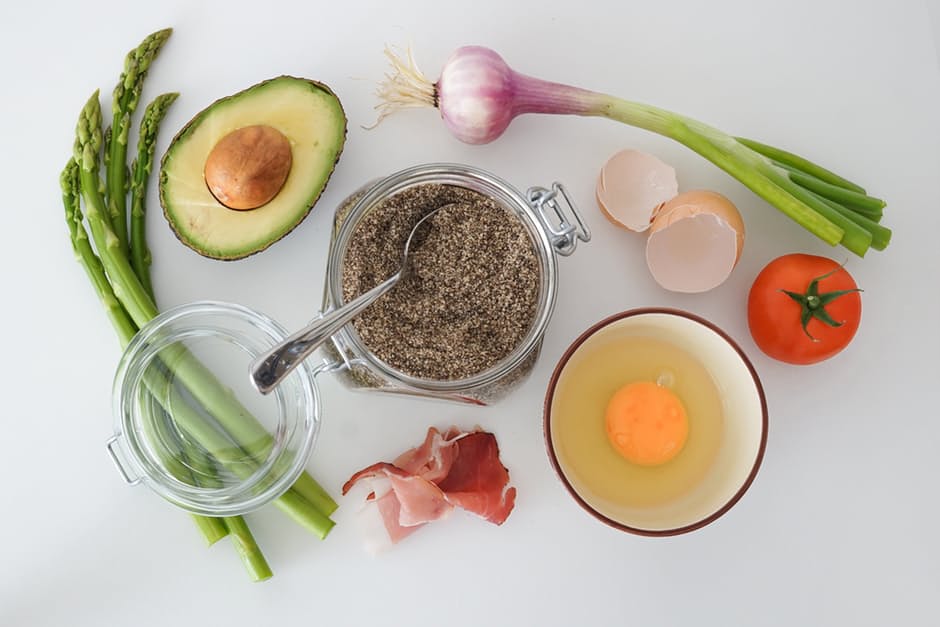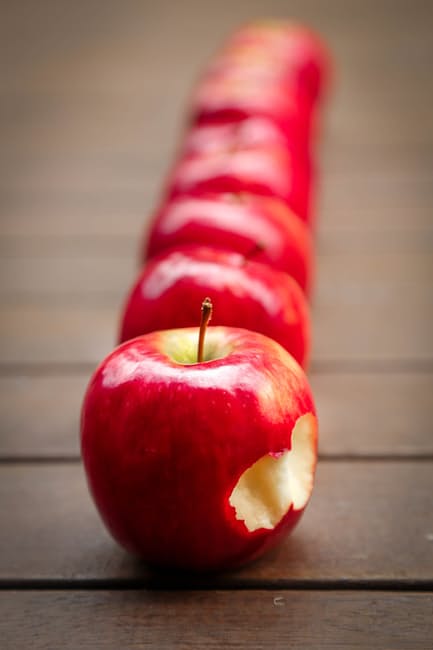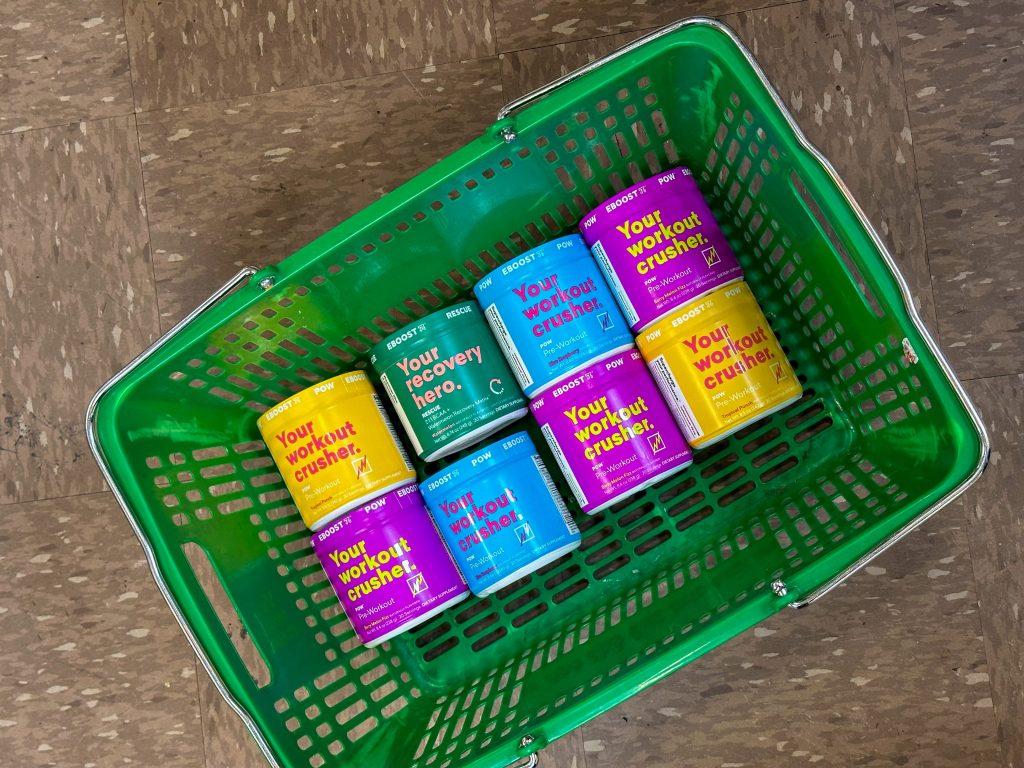Most of us know we should be eating plenty of fiber. That’s because fiber plays a big role in digestion and in satiation, or the feeling of fullness after a snack or meal. As a result, consuming adequate fiber (approximately 25 to 35 grams each day) can help prevent overeating, assist with weight loss, and generally make meals more satisfying. It’s also been shown to lower the risk of various diseases.
If you want to reap the most benefits from fiber, then when you consume it might be almost as important as whether you consume it in the first place. Let’s take a look at why fiber matters and explore some simple strategies that can help you time your fiber intake to feel fuller, longer.
A Quick Primer on Fiber
In order to understand why timing your fiber intake matters, we first need to understand just what fiber is all about.
Fiber falls into one of two categories: soluble or insoluble fiber. Soluble fiber is found in foods such legumes, oats, and some fruits and vegetables. This type of fiber has three primary characteristics: It dissolves in water. It slows down the digestion process by extending the length of time it takes for the stomach to empty. And it assists the body in the process of absorbing nutrients from food.
Insoluble fiber is found in fruits and vegetables (especially cruciferous vegetables) such as cabbage, cauliflower, grapes, asparagus, berries, carrots, and the skins of apples, potatoes, and pears. This type of fiber is marked by four primary characteristics: It does not dissolve in water. It contributes to feelings of fullness in the stomach after eating. It assists the body in digesting food through the stomach and intestines. And it contributes bulk and moisture to stools.
Both soluble and insoluble fiber play an important role in maintaining good health. Fiber may help stabilize blood sugar and lower “bad” LDL cholesterol, regulate bodily hormones such as testosterone and estrogen, promote bowel health and comfortable bowel movements, and assist anyone looking to maintain a healthy weight.
Now that you understand what fiber is and why it’s so important, let’s take a look at how to time your fiber intake so you can comfortably reap the benefits of fiber all day long.
How to Time Your Fiber Intake
Pace yourself. There’s no “wrong” time to eat fiber—it’ll benefit your body no matter when you consume it. But eating too much fiber in one sitting can lead to uncomfortable symptoms such as abdominal pain, bloating, cramping, and gas. Thus, you’ll do your body a favor if you distribute your fiber consumption throughout the day. The following strategies can help you do just that.
Start your day off right. Beginning your day with a high-fiber breakfast is one of the best ways to ensure you feel full throughout the day and don’t succumb to random snacking.
Snack on fibrous foods between meals. Eating a high-fiber diet might reduce your cravings for between-meal snacks entirely. But if you find yourself getting peckish in between breakfast and lunch or lunch and dinner, turn to fibrous foods to stabilize your blood sugar and fill you up fast on relatively few calories. Nuts and seeds, leafy greens, carrots, celery, fruit, and artichokes all make for great options. Eat the skins whenever possible to increase your fiber intake.
Eat a pre-meal apple. Apples are full of fiber and water, which means they can help fill you up a bit before a meal. Consuming an apple approximately 30 minutes before eating a full meal can take the ravenous edge off your hunger and help you eat less when it comes time to sit down to lunch or dinner.
Start your meals with veggies. When it comes time to eat full meals, begin them by eating some non-starchy vegetables, which are low in calories and high in fiber. Studies have found that consuming a salad or some broth-based vegetable soup before a meal can not only increase your nutrient consumption; it can also help you eat less during the rest of your meal.
Top off your dinner with an avocado. Avocados aren’t just a great source of heart-healthy fats; they’re also filled with fiber. This is a double whammy for anyone looking to feel fuller longer, because both fat and fiber take the body longer to digest. Finishing your dinner with half an avocado can help keep you full until bedtime.
Nom on popcorn at night. If you do find yourself hungry before bed, popcorn makes for a great pre-bedtime snack. Not only is it low in calories (assuming you opt for the au natural variety), but it’s also high in fiber—meaning you can fill up before bed without wrecking the day’s calorie count, and you’ll be more likely to sleep through the night without feeling the urge to snack in the wee hours of the morning.
Drink water all day. All of this fiber intake only works if you’re consuming water along with it. That’s because the body requires water in order to allow fiber to move efficiently through the digestive tract. Thus, drinking plenty of water along with consuming a high-fiber diet can help reduce gas, bloating, and other uncomfortable symptoms that may arise from eating fiber without consuming enough water.
By distributing your fiber consumption throughout the day, timing your fiber intake in strategic ways, and staying well hydrated, you can enjoy all the health benefits of fiber without experiencing uncomfortable side effects. What’s more, you’ll stay fuller longer, which will reduce cravings for unhealthy foods, facilitate weight loss goals, and help you feel satisfied after every snack or meal.








